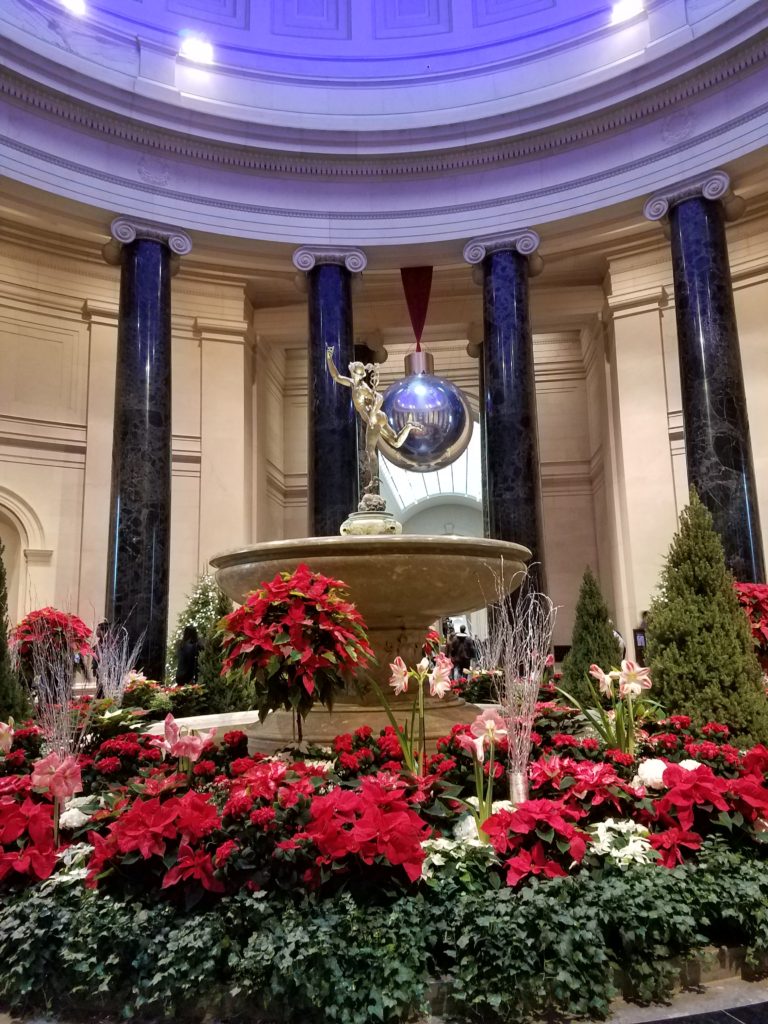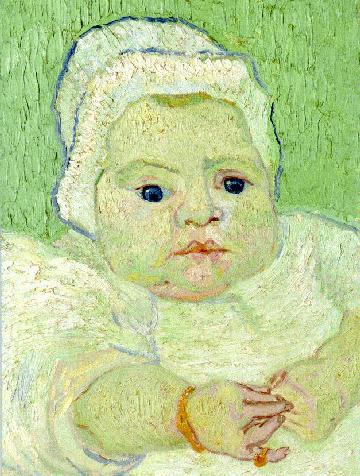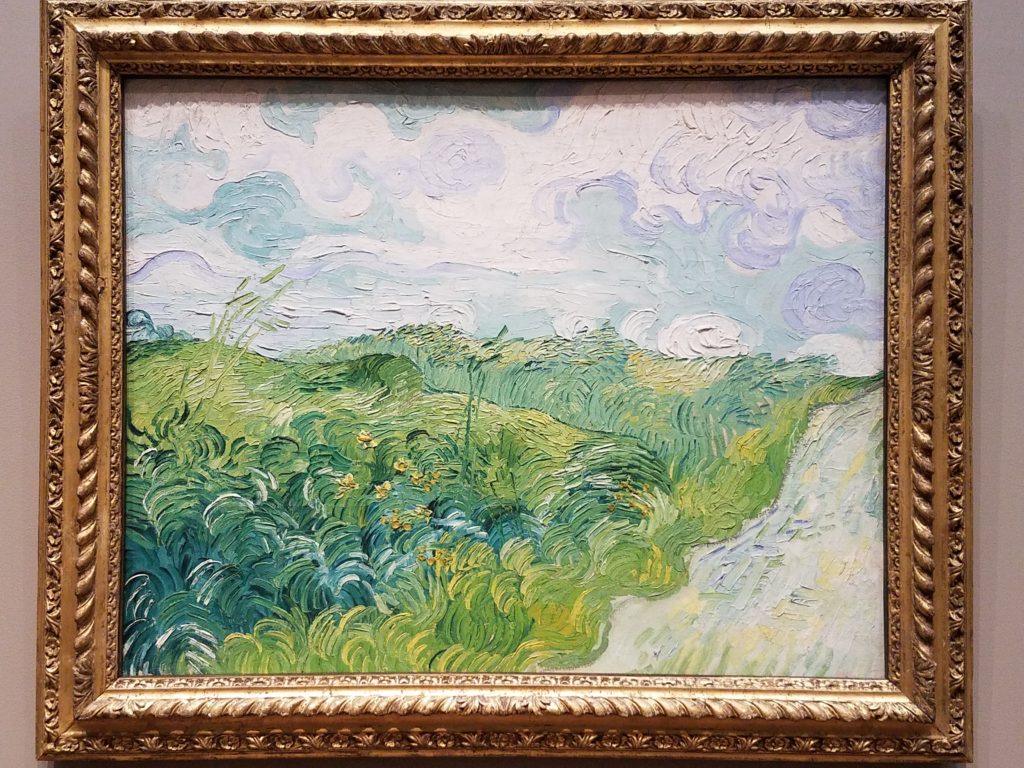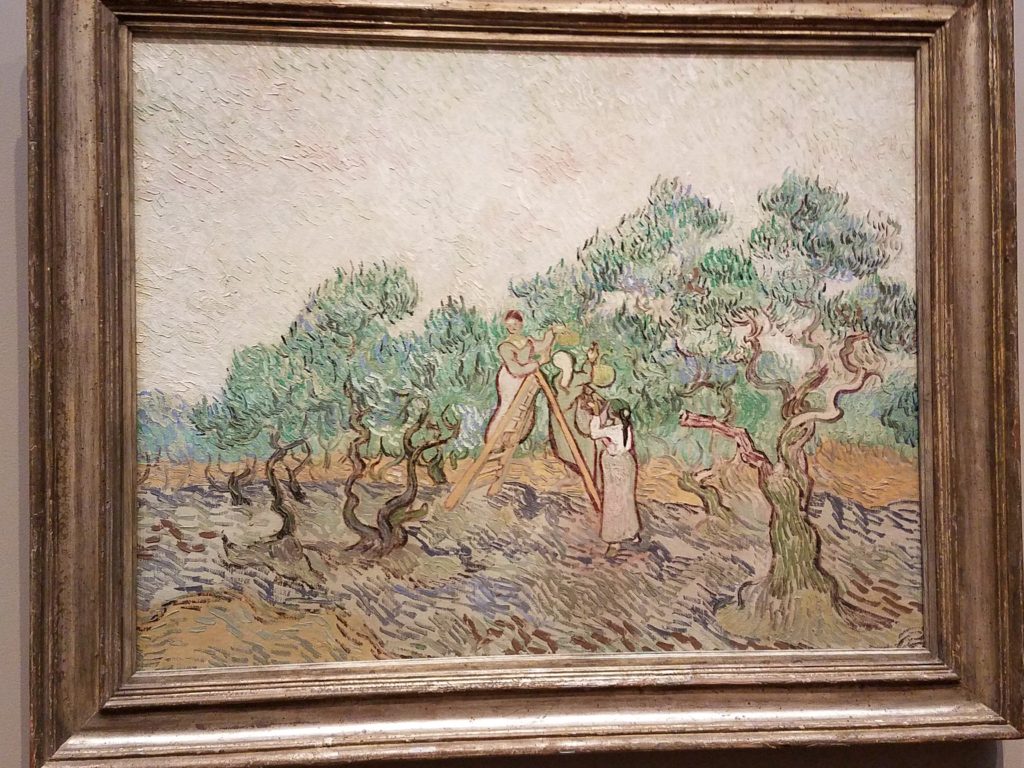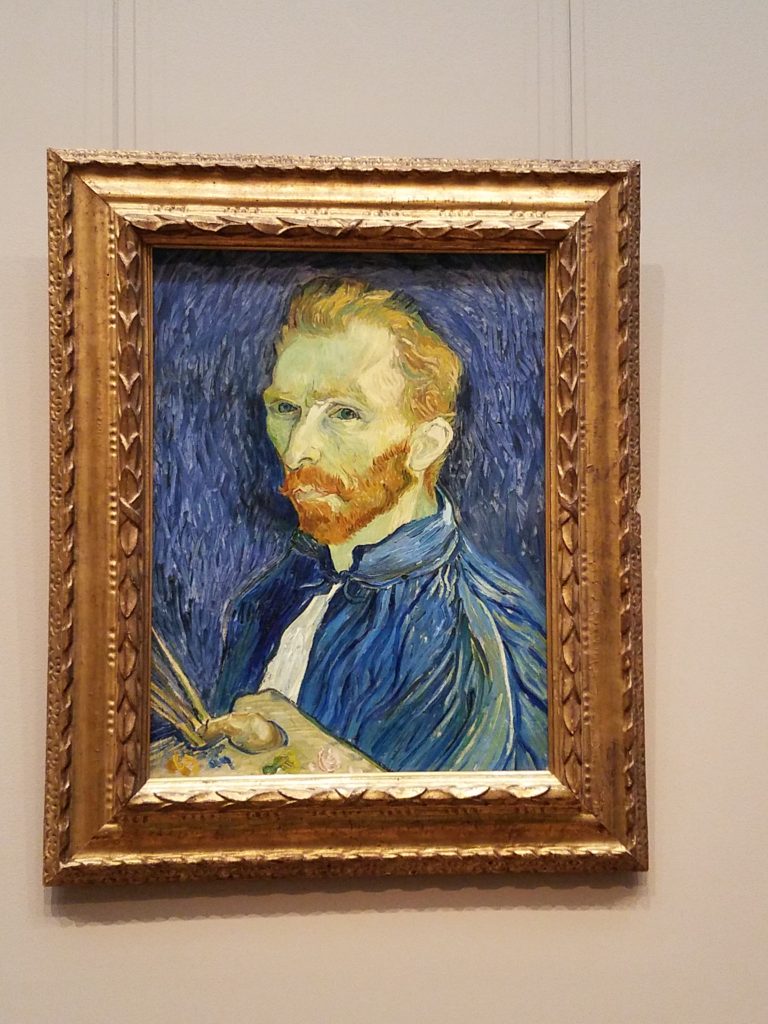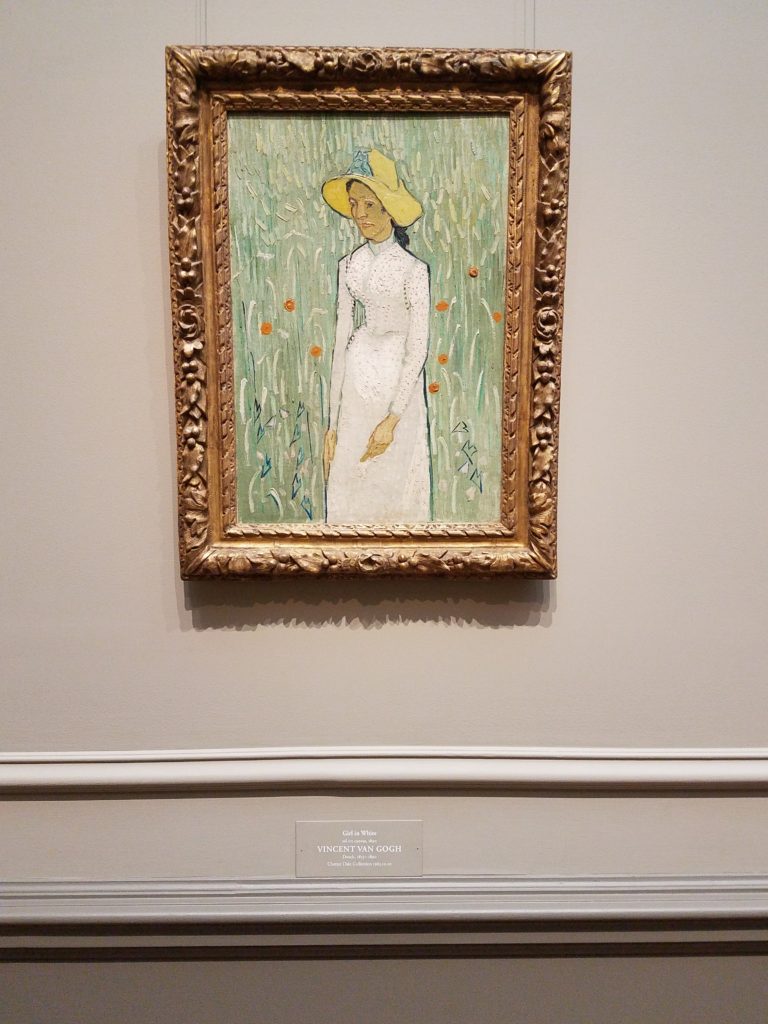The National Gallery of Art has 10 of his paintings on display. Located on 3rd Street and 9th Street on Constitution Avenue, NW. During the holidays the hallway is filled with carols and Christmas spirit.
VINCENT VAN GOGH (1853-1890)
- In 1869 at the age of 15, Vincent Van Gogh trained and worked for five years as an art dealer for ‘Goupil et Cie’ at their branches in the Hague and London. Eventually he became resentful about the commercialism surrounding the sale of artworks, insulted customers and was fired.
- Various short term jobs followed, including supply teaching and as an assistant to a Methodist minister.
- In 1879, Vincent Van Gogh worked unsuccessfully as an evangelical Protestant missionary in the poor coal mining district of the Borinage in Belgium before taking up painting at the age of 27.
- In 1888, he set off with the intention of forming an artists’ colony in Arles with his friend, the painter Paul Gauguin. After Gauguin’s arrival it gradually became obvious that their personalities clashed and they could not work together. They frequently quarreled and after one exchange Van Gogh lost his self control and attacked Gauguin. This resulted in the famous incident when Van Gogh, overwhelmed by remorse and depression, cut off the lobe of his left ear.
- In 1889, his depression deepened and entered the hospital at St. Remy, near Arles. The paintings that he produced here, such as ‘Starry Night’ show a corresponding increase in their emotive power as his brushwork becomes more convulsive.
- In 1890, he moved to Auvers-sur-Oise and lodged at the Ravoux Inn as this was closer to his brother Theo. His condition gradually deteriorated and on Sunday 29 July 1890, he walked out into a field and shot himself in the chest. He managed to stagger back to the inn but died two days later with his brother at his bedside. According to Theo, his last words were, ‘la tristesse durera toujours’ – ‘the sadness will last forever’. source
Baby Marcelle Roulin, The
The Roulin Family is a group of portrait paintings Vincent van Gogh executed in Arles in 1888 and 1889 on Joseph, his wife Augustine and their three children: Armand, Camille and Marcelle. source wikipedia
Green Wheat Fields
Green Wheat Fields, Auvers was painted during these final months in Auvers. In this village just north of Paris, Van Gogh painted the Romanesque church, the town hall, and some of the picturesque thatched-roof houses. As he did in the countryside surrounding Arles and Saint-Rémy, he also painted more or less “pure” landscapes. source
Olive Picking
At the end of 1889, Van Gogh painted three versions of this picture. He described the first as a study from nature “more colored with more solemn tones” (private collection) and the second as a studio rendition in a “very discreet range” of colors. source
Self-Portrait
This self–portrait is a particularly bold painting, apparently executed in a single sitting without later retouching. Here Van Gogh portrayed himself at work, dressed in his artist’s smock with his palette and brushes in hand, a guise he had already adopted in two earlier self–portraits. While the pose itself and the intense scrutiny of the artist’s gaze are hardly unique—one need but think of the occasionally uncompromising self–portraits of Rembrandt—the haunting and haunted quality of the image is distinct. source
Young Girl Standing Against a Background of Wheat
Painted late June, before July 2, 1890. (http://www.tfsimon.com/auvers-sur-oise.html)
Also called “Girl in White.”
In his last months of life, Van Gogh made over 70 paintings. It was at this time, living in Auvers on the outskirts of Paris, that Van Gogh wrote to his estranged friend Gauguin, describing his current project:
“I am trying to do some studies of wheat . . . nothing but ears of wheat with green-blue stalks, long leaves like ribbons of green shot with pink, ears that are just turning yellow, edged with the pale pink of the dusty bloom—a pink bindweed at the bottom twisted round a stem. Over that, against a vivid yet tranquil background, I should like to paint some portraits.” source
On our list to see our next visit.
Bulb Fields
Farmhouse in Provence
La Mousmé, Sitting
Still Life: Vase with Roses
Gallery Hours
Monday–Saturday: 10:00 a.m.–5:00 p.m.
Sunday: 11:00 a.m.–6:00 p.m.
Read more about the collection and his life.
https://www.nga.gov/collection/artist-info.1349.html
